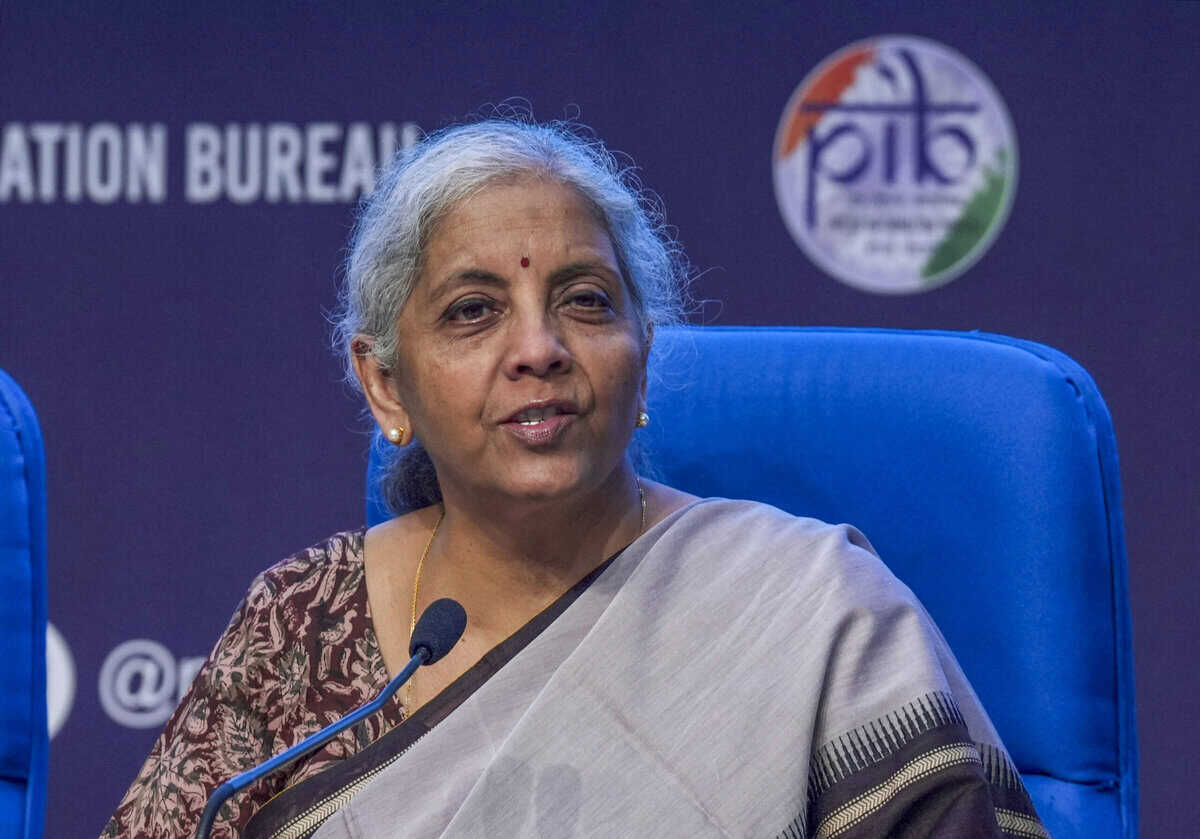
The Union Government has allocated Rs. 87,656.90 crores in FY 2024–25 to the Department of Health and Family Welfare, a rise of 13% from the previous year. This year, digital health has made a significant foray into the budget, given the changing healthcare landscape.The pandemic in 2019 ushered in the era of digital health services in the country. The lockdown, the overburdened healthcare systems, and the infectious nature of COVID-19 boosted the demand and supply of telemedicine, e-pharmacy services, digitisation of health records, and online appointments.
The widespread adoption of these services can be a potential game-changer in tackling differential access to healthcare services across the country. The Budget makes a noteworthy attempt to strengthen the digital health machinery. The Ayushman Bharat Digital Health Mission, aimed at creating a national digital health ecosystem across the country, has been allocated Rs 200 crore. So far, it has created 64.86 crore accounts linking nearly 40 crore health records. According to the Economic[DP1] Survey, E-Sanjeevani launched in 2019 for virtual medical consultations has served 26.62 crore patients served across 128 specialties at 1.25 lakh Health & Wellness Centers across remote areas.
The National Tele Mental Health Programme, provides counselling services through a toll-free number, has seen an uptake in budget from Rs. 65 crores to 90 crores. It has handled about 8 lakh calls across 34 states.
The Budget document discusses scaling up Digital Public Infrastructure (DPI) to improve productivity, innovation, and business in several sectors, including healthcare. The National Health Stack, which draws upon the foundational learnings of a unified payment interface, establishes the setting up of an interoperable system for health records, a claims exchange for insurers, a drug registry, and a unified digital health ID.
The budget for the Department of Telecommunication has increased by 15%, and that for the Ministry of Electronics and Information Technology has increased by nearly 33%, making it one of the largest gainers in the budget this year. The newly launched IndiaAI mission and Digital India programme have gained a significant portion of this allocation; however, the PM Gramin Digital Saksharta Abhiyan was not granted any funding. This programme on improving digital literacy in rural areas is a pre-requisite to optimum utilisation of initiatives such as increased internet penetration and connectivity. Under the DoT, BharatNet has been granted an increase of 70% over the previous years, amounting to a grant of Rs. 8,500 crores. BharatNet is aimed at expanding broadband connectivity to all gram panchayats of the country.
The efforts to expand coverage and enhance the delivery of healthcare services to the last mile are dampened by the glaring digital divide. The India Inequality Report 2022: Digital Divide by Oxfam paints a dismal picture of exclusion stemming from this divide. According to the report, nearly 70% of Indians have poor connectivity or no connectivity to digital services. As per the findings, among the 20% of the poorest households, only 8.9% have access to the internet and 2.7% to a computer. Moreover, only 38% of households in the country have digital literacy.
Furthermore, the divide between urban and rural households with regard to internet usage is even more glaring. The gap between men and women in owning phones is about 30%, with women using inexpensive[DP2] phones with limited access to internet services. The Oxfam report highlights that digital exclusion is even more pronounced among socioeconomically vulnerable groups.
While the digital health ecosystem enabled by the Government has received a favourable growth environment, it is not entirely an inclusive one. In this environment, India’s mhealth (mobile health) market is expected to reach 4 billion USD [DP3] by 2026. By 2025, 70 million [DP4] households are expected to have adopted e-Pharmacy technology alone. These apps, too, cater to largely the English-speaking, urban and digitally empowered sections.
Even with increased budgetary allocations and increased efforts to ramp up digital health services, a substantial portion of the country continues to be excluded from these benefits. The absence of digital literacy and devices renders the utility of tools such as e-Sanjeevani, Cowin, electronic health records and digital health IDs practically defunct. Those at the margins of physical healthcare— women, rural India, minorities, and the poor— will continue to be excluded even from digital health services unless interventions to make these more accessible are not appropriated at the right points in the delivery mechanism.
Technology can be a catalyst in reducing the gaps in healthcare services and the associated delivery. However, at present, it continues to enhance the privilege of those already covered by the purview of brick-and-mortar healthcare. Instead of rolling out new programs to increase coverage and adding on to services, there is a need to come out with digital solutions that use the existing physical infrastructure to extend and equitably redistribute healthcare services. The use of physical resources to stretch the contours of digital services can greatly improve the overall delivery of health services.One such example is the Poshan Tracker app which monitors and tracks the nutrition levels of children, pregnant women, and lactating mothers, and uses Anganwadi workers at the centre for efficient delivery of services. Something on these lines can be deployed to expand coverage in areas where connectivity is limited or absent.
The digital health services being rolled out to vulnerable groups must be localised to suit their cultural sensitivities, be multilingual in approach and address the concerns of these groups. Design and testing of these services must be democratised to incorporate representation from groups who remain at the periphery of digital healthcare services. This is a crucial factor in bringing these communities as beneficiaries. The Government should continue to prioritise digital literacy and capacity building of personnel. Technology can be an enabler and supplant the existing health infrastructure only when the foundational hurdles can be addressed, otherwise it will continue to marginalise the vulnerable and broaden the differential access.
Nahia Hussain is the Vice-President (Policy Affairs) at the Centre for Development Policy and Practice (CDPP). She has done her master’s from NLSIU, Bangalore.



